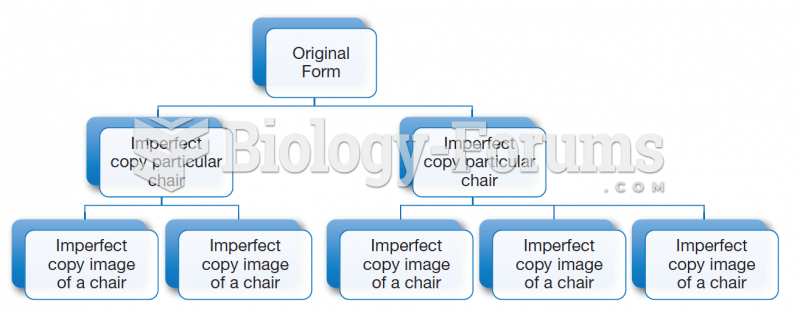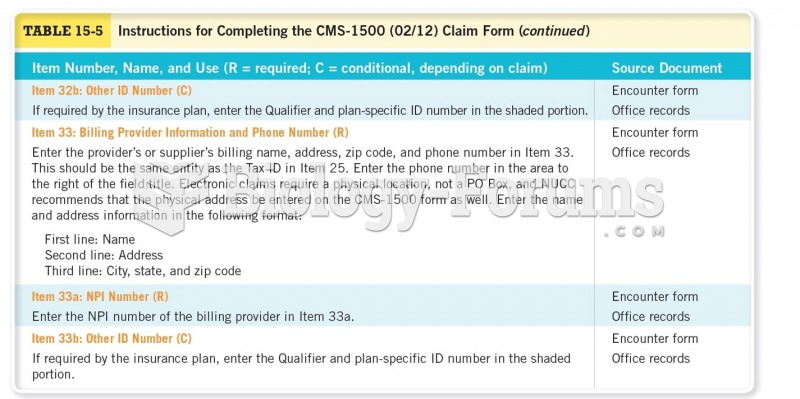Answer to Question 1
A divisionalized firm is often called M-form, where the M stands for multidivisional. M-form firms originated in the nineteenth century when manufacturers and metals producers reached unprecedented sizes after adopting new technologies. These firms often had plants in different locations and produced many products. If such a firm were U-form, its managerial decisions (e.g., whether to introduce a new product or open a plant in a new country) would be greatly complicated by difficulties in collecting and comparing information about products and geographic areas.
An M-form organization reduces the problems of management acquiring information and making comparisons among products or activities within the company. Relative to the U-form, an M-form firm incentivizes managers in ways a U-form may not. In a U-form firm the head of a functional department may have incentives to inflate its costs for the personal benefits (higher salary) of managing a larger group, and management will have difficulty evaluating whether increased size is actually necessary. In an M-form firm the interests of executives in product or geographic divisions can be better aligned with those of shareholders, because their performances will be judged by profitability, which is measurable, is comparable among divisions, and benefits shareholders.
The M-form keeps decisions at the divisional level that would be sent to headquarters in a U-form firm. Product-specific decisions at the lower level are made by those who are most likely to have the relevant information at hand and know how evaluate it. The headquarters of an M-form firm, however, must be able to identify, measure, and compare a division's performance (and its future prospects) with other divisions. Comparisons are complicated by the fact that much of the information used at headquarters comes from divisional managers, and there are few if any alternative sources. Headquarters must incentivize the divisional managers to provide accurate and adequate information, with awareness that the division's managers may have motivation to supply information that is more in own interests than those of shareholders.
Answer to Question 2
False







